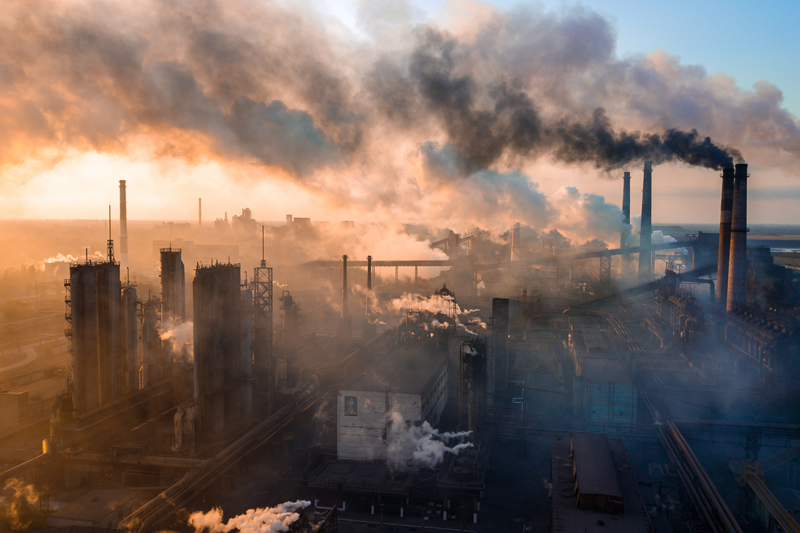EU Targets 50M Tonnes Per Year Of CO2 Storage By 2030
11
The European Union (EU) aims to achieve a storage capacity of 50 million tonnes per year of CO2 by 2030 as part of its strategy to achieve net-zero emissions by 2050, according to a new strategy released by the European Commission. This strategy emphasises the necessity of significantly increasing industrial carbon capture capacity to meet these goals.

The Commission plans to establish a clear carbon accounting framework to encourage the utilization of captured CO2 as a resource in industrial processes, thereby reflecting the climate benefits of such utilisation. This initiative aims to drive the uptake of sustainable carbon in industrial sectors. To facilitate the implementation of industrial carbon management projects, the Commission outlines several key actions. These include:
- Investment and funding: The EU and Member States are encouraged to promote industrial carbon management projects under EU energy infrastructure programs and consider Important Projects of Common European Interest (IPCEIs). Additionally, the Commission will explore the possibility of supporting certain CO2 capture projects through market-based funding mechanisms such as competitive bidding auctions-as-a-service under the Innovation Fund.
- Research, innovation, and public awareness: The Commission plans to increase funding for research and innovation on industrial carbon management projects through existing instruments like Horizon Europe and the Innovation Fund. It will also support the establishment of a knowledge-sharing platform for carbon capture, use, and storage (CCUS) projects. Furthermore, the Commission aims to raise public awareness of these technologies and their benefits, engaging with local communities to discuss potential rewards.
- International cooperation:The Commission intends to expedite collaboration with international partners on industrial carbon management, focusing on harmonising reporting and accounting of carbon management activities. It also aims to ensure that international carbon pricing frameworks consider removals to address emissions in hard-to-abate sectors.
The EU is committed to achieving net-zero CO2 emissions by 2050. While significant emissions reductions will come from reducing current emission levels, technologies capable of capturing or removing CO2 directly from the atmosphere will also be essential. These technologies will target sectors with particularly challenging emissions reduction requirements, such as process emissions in cement production or waste-to-energy processes.
The Industrial Carbon Management Communication adopted by the Commission provides detailed insights into how these technologies can contribute to reducing emissions by 90% by 2040 and achieving climate neutrality by 2050. Protea is at the forefront of carbon capture technology with our range of FTIR technologies. Protea’s multi-gas FTIR technology is ideally suited to new processes involving carbon reduction, such as Carbon Capture and Storage (CCS).
Other Articles
Global Underground CO2 Storage Data Offers Hope Amid Rising Emissions
01
IMO Postpones Adoption Of Global Net-Zero Shipping Framework
04
Pioneering Carbon Capture Projects Ready For Construction
03
Methanol & Ammonia Deemed Ready As Zero-Emission Shipping Fuels
01
Carbon Capture Storage Reaching A Turning Point In Decarbonisation
13
CCS To Capture 15% Of Shipboard Carbon Emissions By 2050
29
Global Shipping Industry Struggles To Navigate Net Zero Transition
21
Carbon Capture Surges as Economics Policy & Industry Demand Align
14
GHG Emissions At Ports On The Rise Despite Initiatives
07
Carbon Capture Utilisation & Storage In A Nutshell
30
